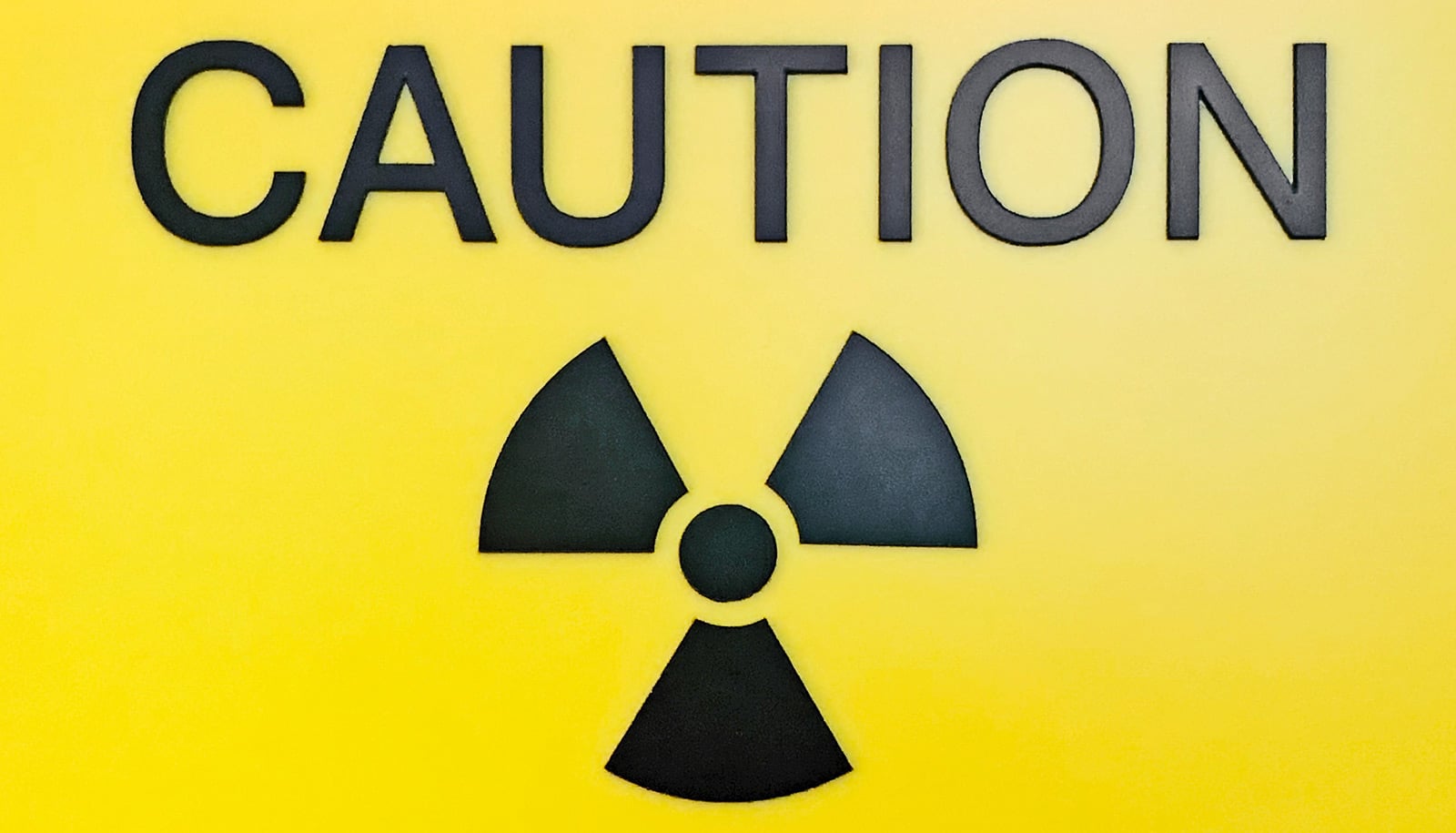Long-term exposure to low-dose radiation is linked to an increased risk of cancer, according to a study.
In the US, radiation exposure for the average person doubled between 1985 and 2006, mainly from medical imaging procedures such as CT scans, highlighting the need for its judicious use.
The research in The British Medical Journal found that the cancer death rate grew by more than 50% per Gy, or gray, the unit of absorbed dose of ionizing radiation. This is larger than estimates currently underlying radiation protection.
The paper marks another milestone in the International Nuclear Workers Study, which has followed 309,932 industry workers to study their causes of death.
“We wanted to strengthen the scientific basis for radiation protection by directly studying settings where low-dose exposures occur,” says corresponding author David Richardson, professor of environmental and occupational health with the University of California, Irvine Program in Public Health. “Understanding those associations is essential to inform decisions about medical and commercial uses of ionizing radiation, exposure limits for the public, and workers.”
The study cohort included workers who were hired in the early years of the Manhattan Project and were employed at nuclear sites in France, the United Kingdom, and the US. They were monitored with radiation badges that measured their exposures, enabling researchers to examine the association between dose and deaths due to cancer. Of the 103,553 deaths, 28,089 were due to solid cancers, with an estimated 52% higher mortality rate per Gy of cumulative dose.
Currently, studies of atomic bomb survivors are the primary basis for establishing protection measures. But their exposure differs greatly from that typically encountered by workers, patients, and members of the public. This long-term study provides estimates of the association between low-dose exposure and cancer based on some of the world’s most informative cohorts of radiation workers.
“Contrary to the trend of reducing or removing exposure to carcinogens once we have recognized them, the public’s exposure to ionizing radiation has increased over the past few decades and remains elevated,” Richardson says. “Understanding the risks associated with low-dose radiation is crucial for guiding policy.”
The study team included research scientists from the US National Institute for Occupational Safety and Health, the UK Health Security Agency, France’s Institute for Radiological Protection and Nuclear Safety and International Agency for Research on Cancer, and Spain’s Barcelona Institute for Global Health.
Support for the work came from the US National Cancer Institute.
Source: UC Irvine



